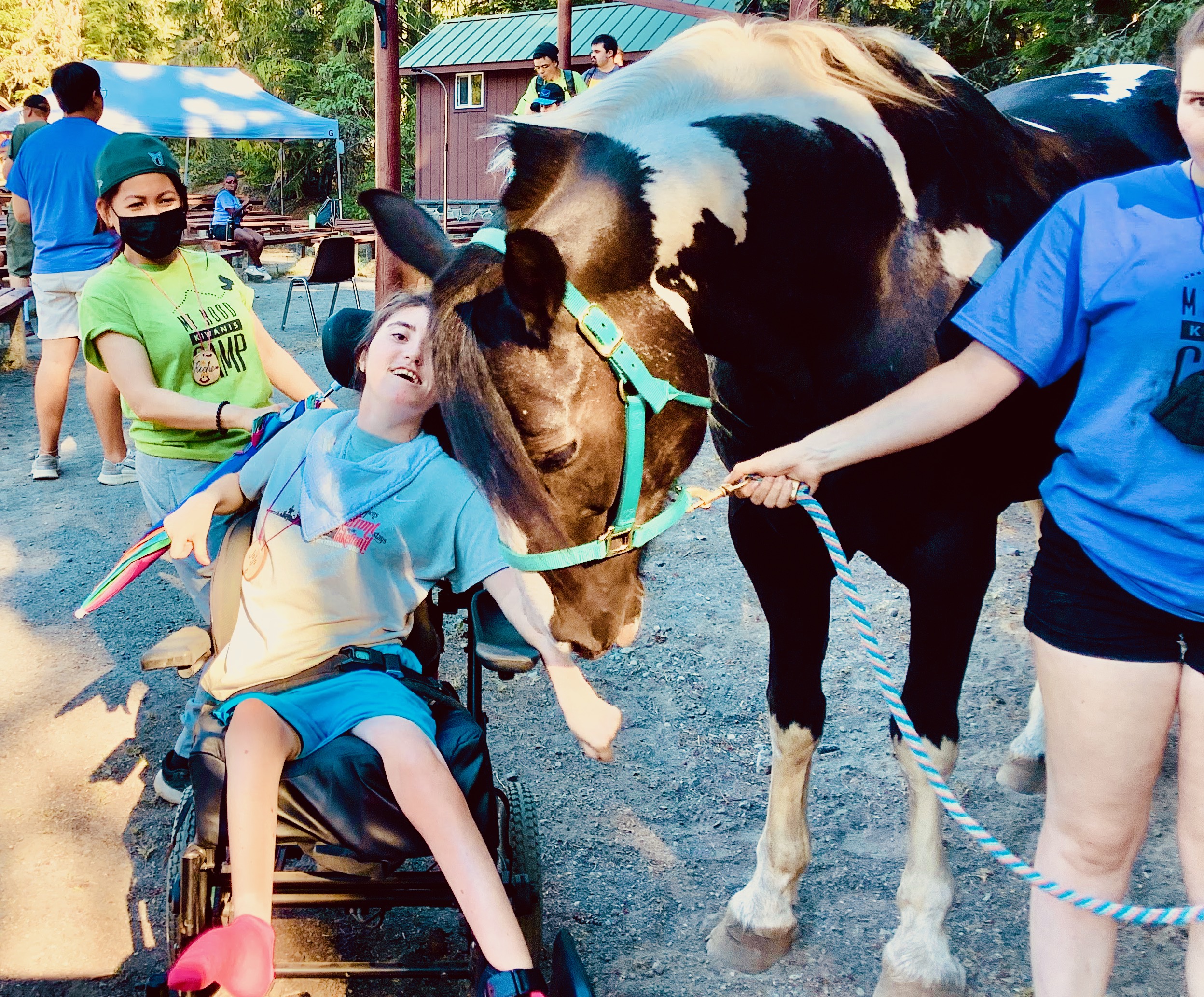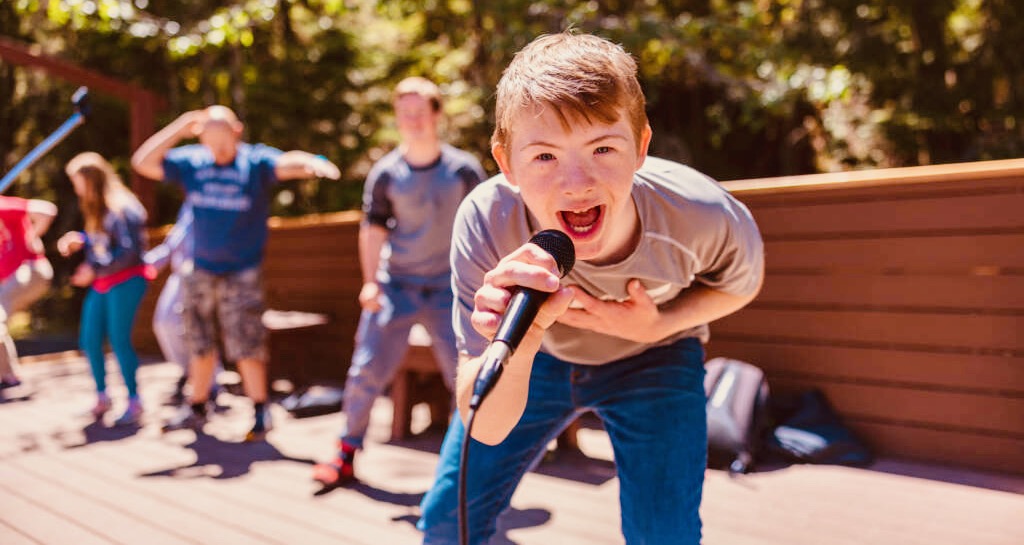+ Participation
Facilitating Participation
Chart #1
Examples for the trainer
Partial participation:
The idea that although a person may not be able to fully participate in an activity, the person can participate in some part of the activity, in some way.

Example:
A person is either unable or unwilling to mount and ride a horse. But, the person can pet the horse, feed the horse, groom the horse, etc. and still be participating.
Gradual participation:
The idea that a person is or will be capable of participating, but needs to move slowly into the activity, perhaps learning and experiencing success at each small part of the activity before enjoying it as a whole experience.
Example:
A person with Autism may really want to experience canoe rides, but has never worn a life vest, never been in water (outside of his bath) and never been in a boat of any kind. This person is very hesitant to try new experiences and one canoe ride is full of many new experiences. This person will have to first get used to putting his feet in the lake, then wearing a life vest, then sitting in a canoe on dry land, etc. before all of these things can be put together for him.
Important Things to Remember
- Every person can participate in every activity in some way!
- A person may need some assistance from you in order to participate.
-
- Adaptations made
- Physical assistance
- Tons of support and encouragement
- You may need to get really creative to ensure that person’s participation.
-
- If a camper does not want to participate in climbing the rock wall, suggest to the camper to try putting on the harness and touching the wall.
- Keep trying – your first attempt might not be successful, your second attempt might not be either. Don’t hesitate to ask someone else for ideas. They may have been in that situation before. Sometimes, someone else may suggest the same thing as you did and the camper may respond. Do not take it personally if this happens. Sometimes a change in person can facilitate participation.

